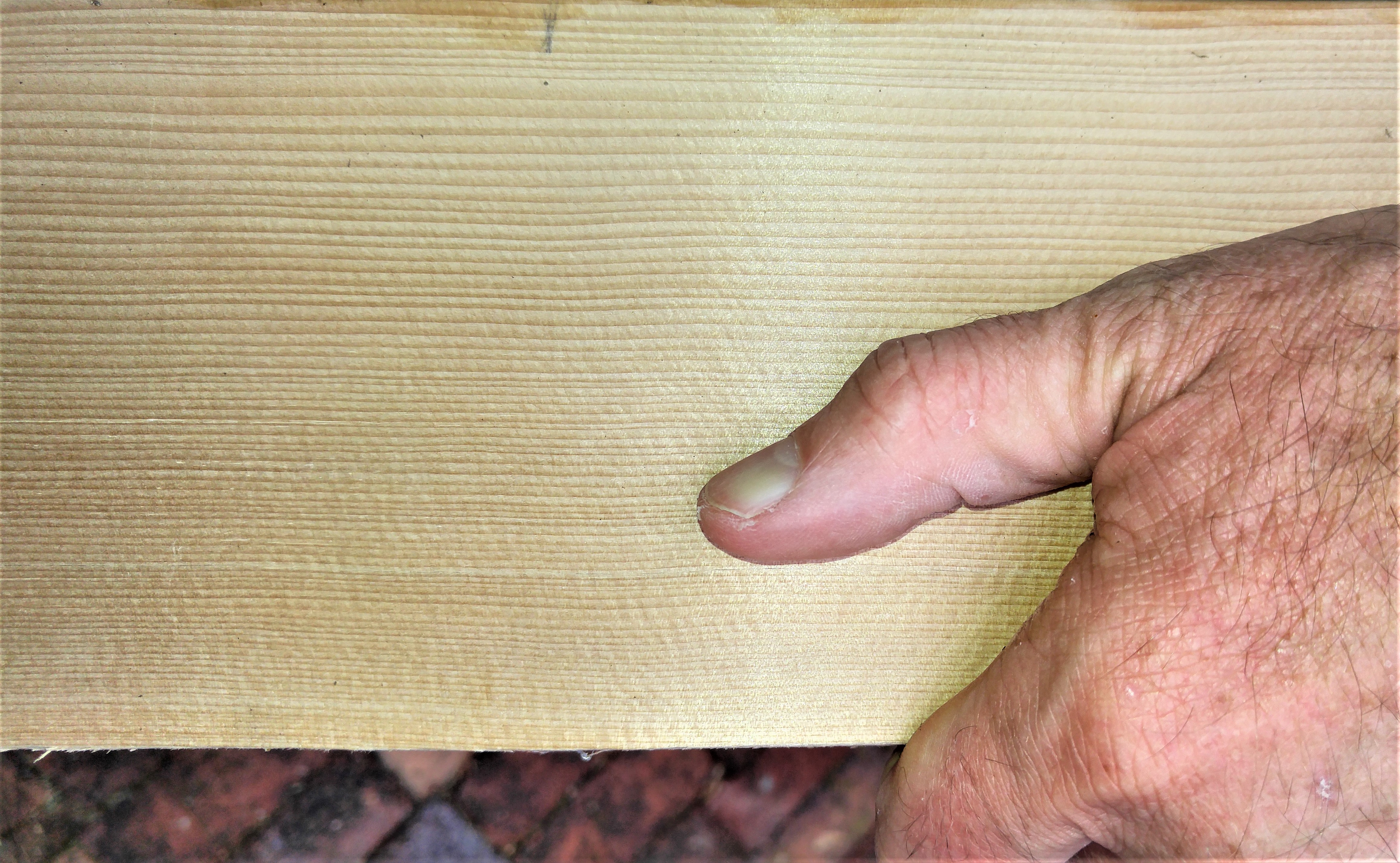Hemlock, Pine, or Oak for Stairs: Best Choice for Railing, Treads, and Risers?

Home improvement stores present you with only a few choices of stair materials for railing, treads, and risers. Between hemlock, pine, and oak, which one is best to use?
Best Answer
- Railing: Hemlock
- Stair Treads (Bare): Oak
- Stair Treads (Carpeted): Pine or hemlock
- Risers: Any kind of wood of the right size
Details
- Durability: Hemlock and pine are softwoods; oak is a hardwood. That’s the controlling idea behind this answer. Because oak is harder than hemlock and pine, it will last longer under foot traffic on staircases. Based on Janka wood hardness ratings, hemlock comes in at 500 lbf (pounds-force). Both types of pine you would find on the consumer market, Eastern and Western White Pine, are softer than hemlock, both in the 380 to 420 lbf range. In sharp contrast, red oak comes in at 1,290 lbf, making it about 2.5 to 3 times stronger than hemlock and pine when impacted. Janka ratings, though, only measure the impact of a ball bearing when fired a test samples of wood. Scuffing, scratching, and other activities that may affect stairs are not measured. Carpeting will protect the stair treads from most traffic wear.
- Splintering: Red oak can give off needle-sharp splinters that are hard to sand out. By contrast, pine and hemlock’s softwood qualities mean that it can be sanded down so that splinters disappear. This makes them better for railing than red oak.
- Cost: Cost can be an issue when it comes to stair treads and risers because you need to buy so many of them to construct an entire staircase. On a pure board-lumber cost basis: 1 in. x 6 in. x 6 ft. Hemlock Board costs $19.21 ($3.20 per linear foot) and 1 in. x 6 in. x Random Length S4S Oak Board costs $27 ($4.50 per linear foot) This makes red oak about 34% more expensive than hemlock in those board sizes. Because of this cost difference, you should use red oak only if you want them to stay bare (or a protective coating like polyurethane). If you want to carpet your stairs, it makes more sense from a cost perspective to choose hemlock. Tread board is a slightly different matter because they are not milled boards with 90 degree angle edges. They tend to be 4 feet long to allow for nearly all stair widths and they have a bullnose on one side that forms the leading edge of the tread. Pine treads will always be less expensive than red oak treads.
- Red Oak Treads: $6.42 per linear foot for 11-1/2 x 48 in. Red Oak Stair Tread (total cost $25.70)
- Pine Treads: $2.66 per linear foot ($10.63 total cost)
Qualifiers
This answer is predicated on the idea that you are shopping for your wood at a franchise home improvement store like Home Depot, Lowe’s, Menards, or the like. With more wood choices, the answer above may differ.
Voices
Wood Handbook: Wood As an Engineered Material, USDA, Forest Service
General information about hemlock and red oak.